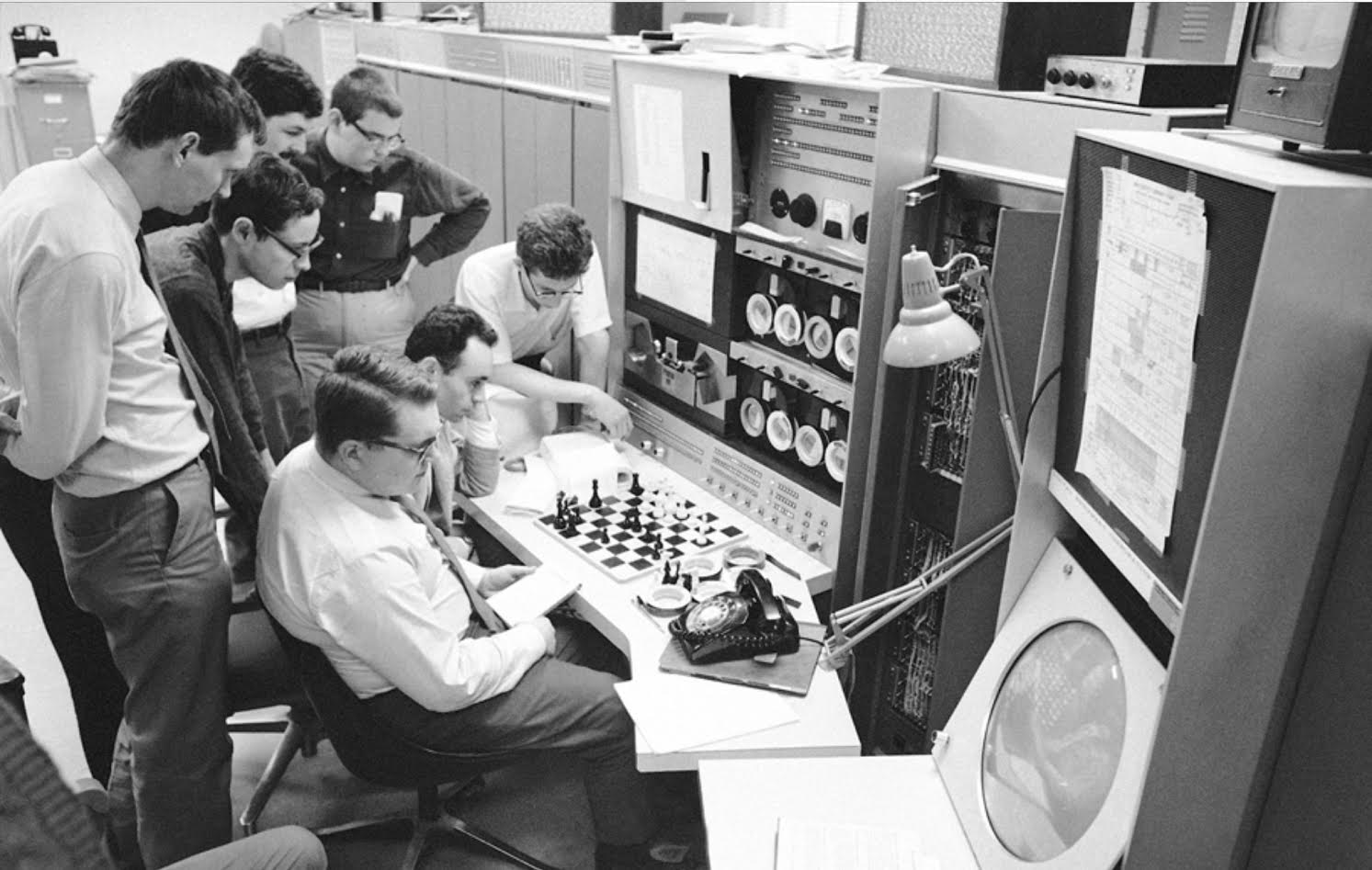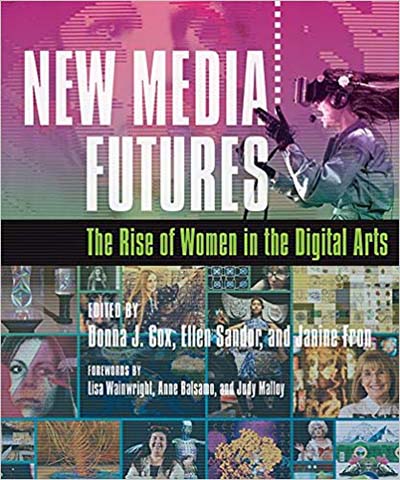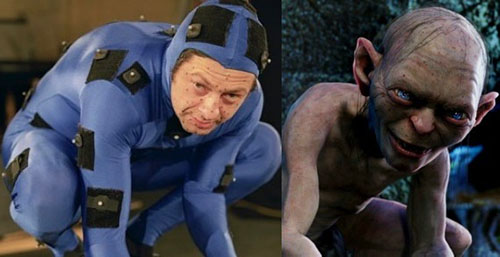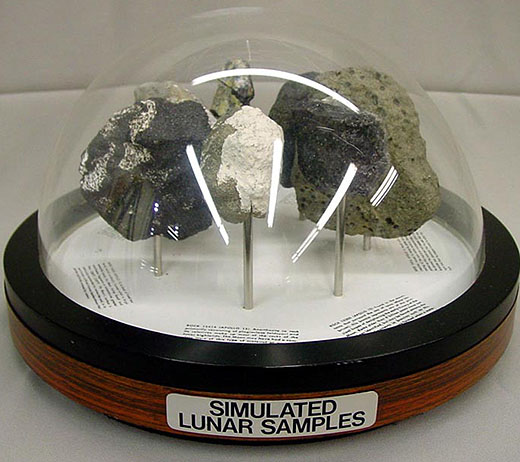Over the last two decades, the entertainment industry has experienced a turn to what Lucy Suchman termed virtualization technologies in film and videogame production (Suchman 2016). In addition, production studies scholars have described authorship as linked to control and ownership, sharpening distinctions between “creative” and “technical” work, a divide with significant economic repercussions (Caldwell 2008). These ideas are useful in understanding film studio workspaces, where visual effects (VFX) workers and actors collaborate in creating believable virtual characters, using three-dimensional (3D) modeling software and motion-capture (mo-cap) systems to capture the attributes and movements of human bodies and transfer them to digital models. Once captured, digital performances become data, to be manipulated and merged seamlessly with those of live actors and environments in the final film. The introduction of virtualization technologies and computer graphics tools have surfaced tensions over creative control, authorship, and labor. British actor Andy Serkis has been a high-profile apologist for the human actor’s central role in bringing virtual characters to life for film. Serkis, who Rolling Stone called “the king of post-human acting,” is known for using motion capture (mo-cap) to breathe life into digitally-created, non-human characters. His notable performances include the creature Gollum in the Lord of the Rings trilogy (2001-2003), the ape Cesar in Rise of the Planet of the Apes (2011), as well as Supreme Leader Snoke in Star Wars: The Force Awakens (2015), and work on several characters in the 2018 Mowgli: Legend of the Jungle, which he also directed. While Serkis’ performances have made him highly visible to audiences, digital labor historians have begun documenting the often-invisible film workers creating 3D models and VFX (Curtin and Sanson, 2017). The tensions between mo-cap performers and VFX workers reveal the contours of an emerging hybrid workspace that combines actors’ physical bodies and movements with VFX workers’ manipulations of digital geometry and data. (read more...)





